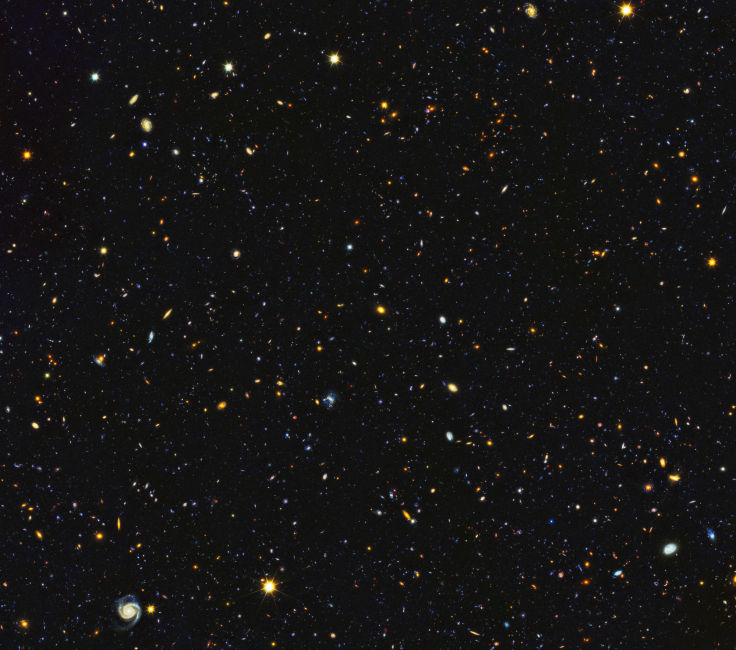NASA’s TESS Discovers The Universe’s Tiniest Planet
NASA’s Transiting Exoplanet Survey Satellite (TESS) has found the universe’s tiniest planet to date.
The planet, named L 98-59b is described to be between the size of our very own Earth and the Red Planet - Mars.
In a statement, NASA’s astrophysicist Veselin Kostov said the new-found system has the potential for fascinating future studies. Kostov said such planets are difficult to detect.
“L 98-59b is around 80% Earth’s size and about 10% smaller than the previous record holder discovered by TESS,” he explained. “Its host star, L 98-59, is an M dwarf about one-third the mass of the Sun and lies about 35 light-years away in the southern constellation Volans.”
Kostov said two other worlds in the system are respectively about 1.4 and 1.6 times Earth’s size. He said that the three planets were discovered by TESS using transits, periodic dips in the star’s brightness caused when each planet passes in front of it. The Scitechdaily gave an insight stating that TESS monitors one 24 by 96 degree region of the sky, known as a sector, for 27 days at a time.
“When the satellite finishes its first year of observations in July, the L 98-59 system will have appeared in seven of the 13 sectors that make up the souther sky,” it explained.
According to Space.com, TESS was launched in April of 2018 to develop a catalog of small, rocky planets that orbit around nearby stars. “Scientists’ plan is to then revisit those planets with the James Webb Space Telescope, once it launches in 2021 to help us better understand our solar system, as well as its surrounding universe,” it said.

Another astrophysicist working on the same project, Joshua Schlieder said they still have many questions about how Earth became habitable but not Venus. Schlieder said if they find similar examples about other stars such as L 98-59, it can help them tap into the universe’s secrets.
© Copyright IBTimes 2025. All rights reserved.





















